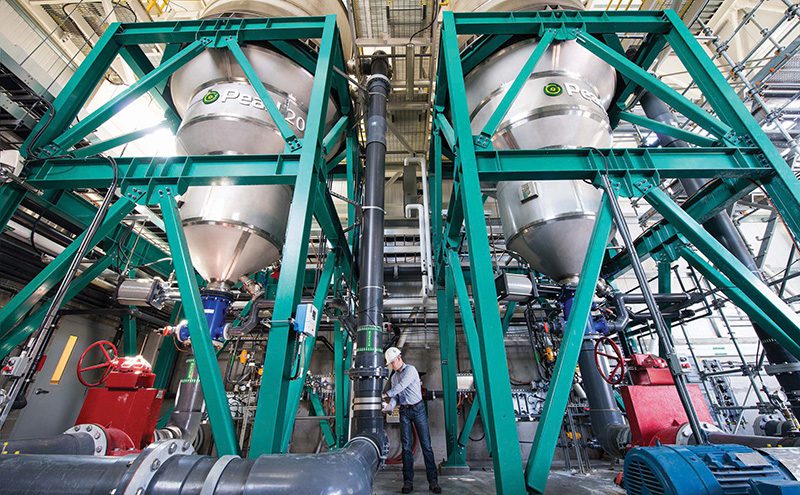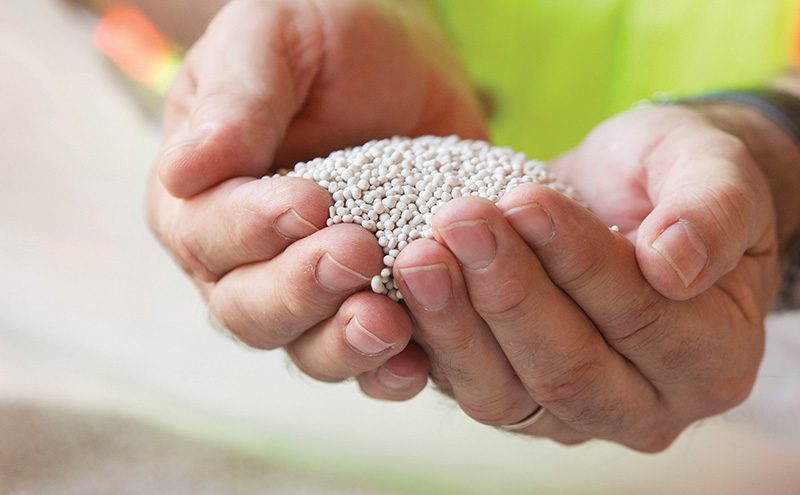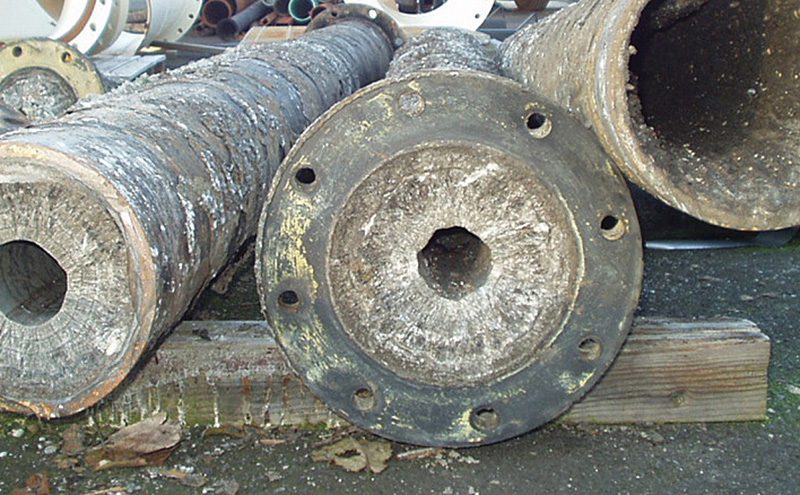WASTEWATER solutions specialist ACWA Services will offer an advanced nutrient recovery solution to UK water companies and AD operators, following a technology licensing agreement with global nutrient management solutions provider, Ostara Nutrient Recovery Technologies.
Ostara’s Pearl® process recovers phosphorus and nitrogen from wastewater streams at municipal and industrial wastewater treatment plants and transforms them into “a high-value, eco-friendly fertiliser”, marketed as Crystal Green®. By recovering potentially polluting nutrients from a treatment facility’s wastewater stream and converting them to continuous release fertiliser, the technology helps facilities enhance their operational efficiency and protect precious waterways.

The Pearl® process is said to remove up to 85% of the phosphorus and 40% of the nitrogen that would otherwise cycle back to the plant headworks.
Peter Brewer, UK General Manager for ACWA, commented: “The ability to recover phosphorus: an essential and fast depleting natural resource required for increased global food production, while creating an additional revenue stream for our water industry customers, is particularly attractive. The annual savings in chemical dosing alone for some wastewater treatment plants could be in the [region of] hundreds of thousands of pounds.”

Process provides a controlled setting in which the nutrients crystalize and grow into high purity fertilizer granules.
How struvite forms
Phosphorus forms as struvite in high strength wastewater streams and sludge liquors commonly associated with thermal hydrolysis and AD infrastructure and is currently controlled in UK wastewater treatment facilities with expensive chemical dosing. This only temporarily relieves struvite problems and also generates solid waste requiring disposal. Left unchecked, this rock-like compound will rapidly scale pipes, tanks and equipment, leading to costly maintenance and plant downtime.
Meeting environmental compliance is also becoming more difficult as phosphorus consents are tightened.

Struvite scale build up on pipes at a wastewater treatment plant.
How the process works
With the focus on recovery rather than removal, the Pearl® process uses controlled chemical precipitation within a fluidized bed reactor to extract the phosphorus from nutrient-rich feed streams, which is formed as struvite crystals to produce a continuous release fertiliser. The size of the pellets is precisely controlled by varying key parameters in the reactor until they reach the desired size, at which point they can be extracted, dried and sold as fertiliser.
The process recovers up to 85 per cent of the phosphorus, enabling facilities to save on annual chemical costs, reducing maintenance costs and reducing the production of biosolids whilst creating a valuable new revenue stream. It can be further enhanced by the installation of Ostara’s WASSTRIP® process which releases even more phosphorus for processing, all but eradicating digester struvite, and it reduces biosolids production by up to 25 per cent and lowers the phosphorus to nitrogen ratio to create balanced biosolids that are more suitable for land application.
Under the agreement ACWA will act as a UK delivery partner with responsibility for the design, installation and commissioning of all M&E equipment and associated civils where required, with key components supplied under licence by Ostara. The solution can be implemented as independent process or to complement the company’s ammonia removal technology AMTREAT® now in use across many sites in the UK.








